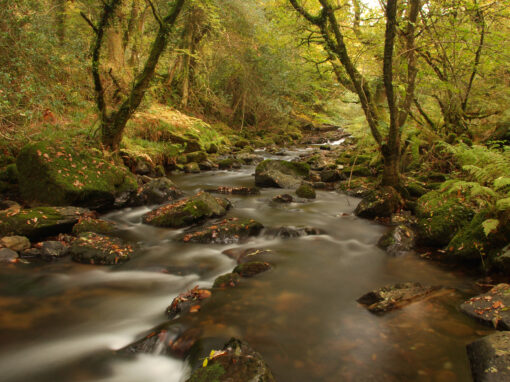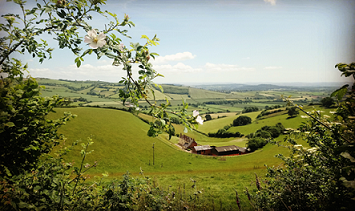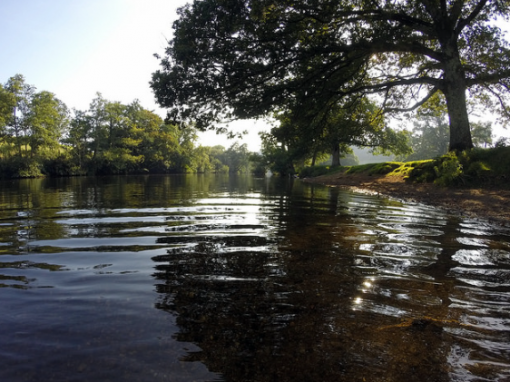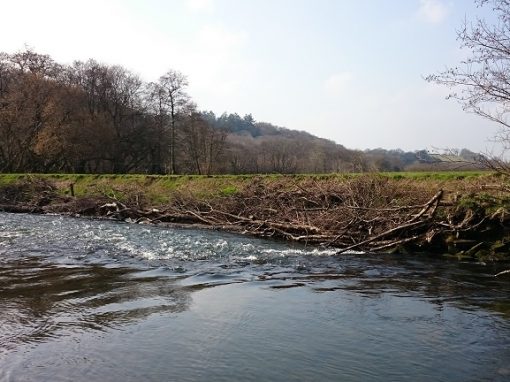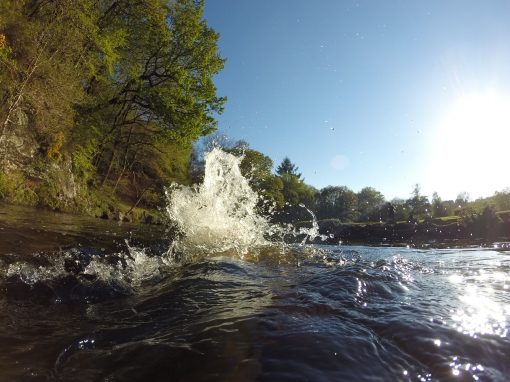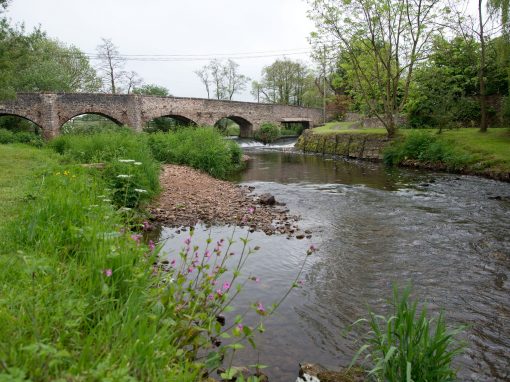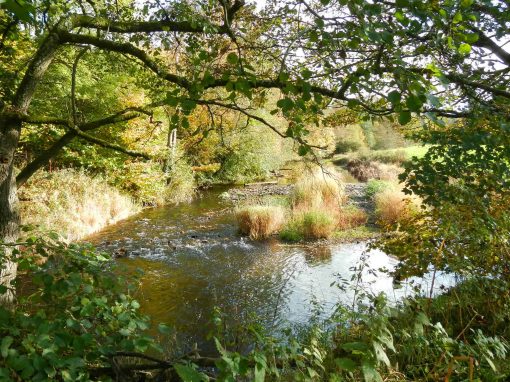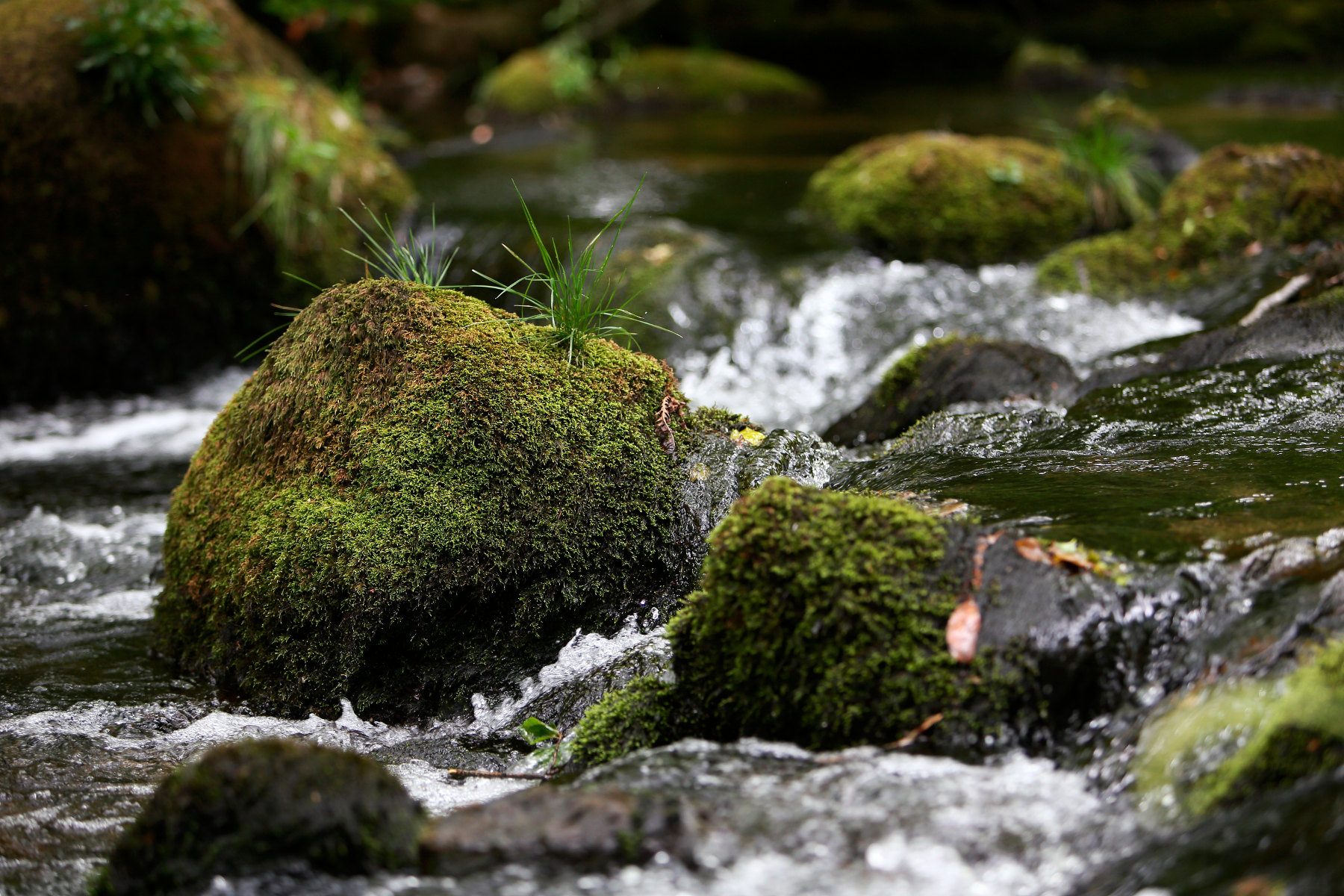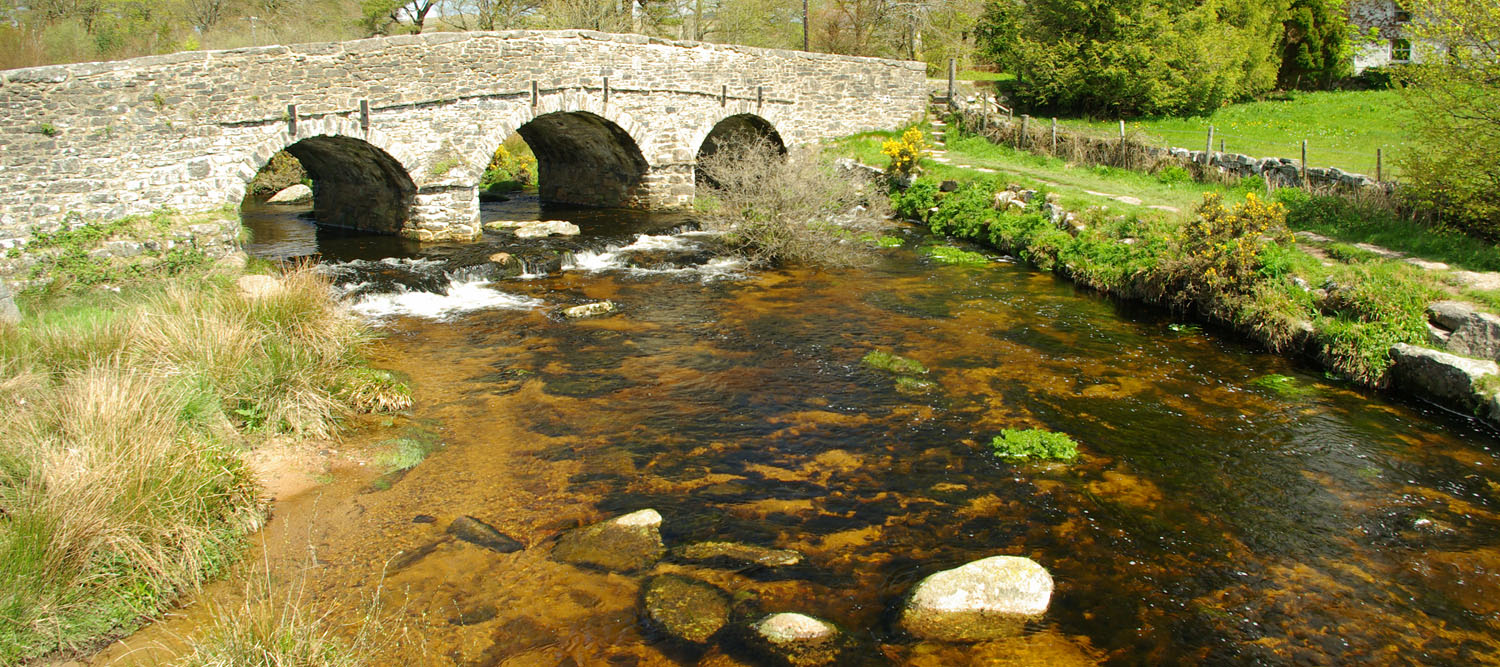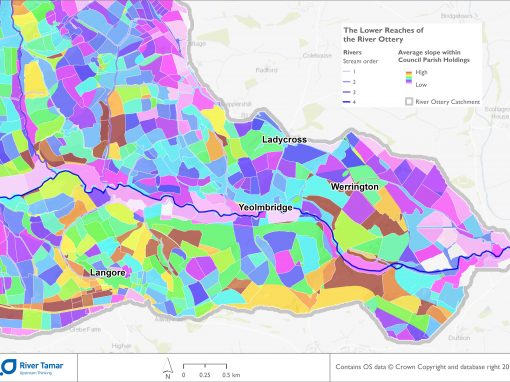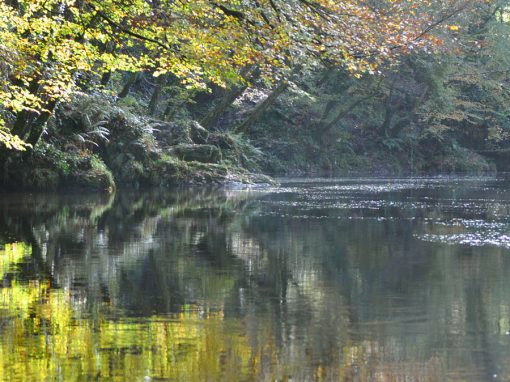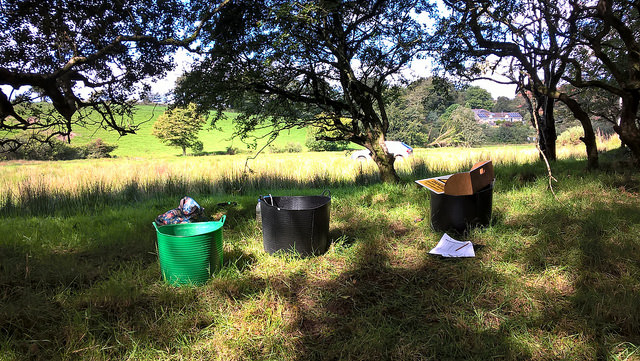This summer we will be following the adventures of Arthur Fuest as he makes his way along the River Exe. Check in regularly to see what how he is getting on!
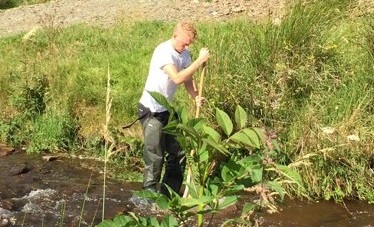
Arthur Fuest
Before setting off I completed the first of my Citizen Science Investigations (CSI), checking the turbidity, total dissolved solids and the phosphate content of the water. The data collected from these observations, as well as assisting in the work of the Westcountry Rivers Trust, would hopefully add to my story of the river.
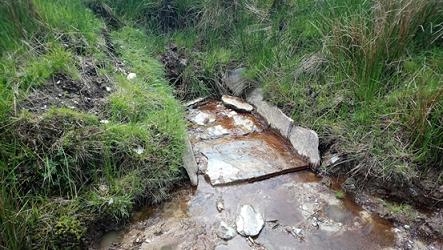
The Exe coming out of the peat
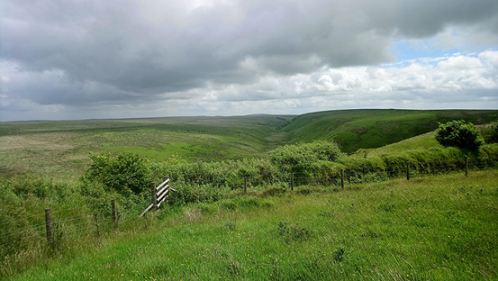
The River Exe cutting through the moorland
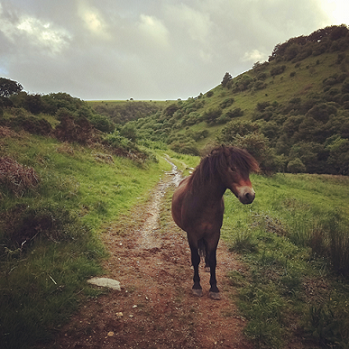
Exmoor ponies
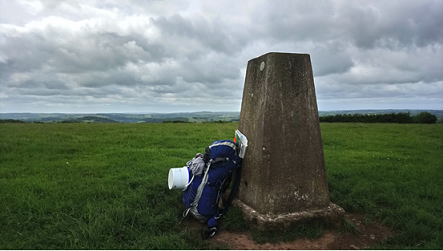
The Exe valley from Court Down (316 m) north of Dulverton
In order not to stray too far from the banks of the river I had packed a bivey bag and, as it got dark, I started looking for an appropriately quiet spot. Just as the light was failing I found a comfy ledge up a steep bank and settled down for the night. Waking with the light, I opened my eyes to find a young fallow dear grazing metres from my head. I stayed very still and, as it moved off, a fox wandered past. Enlivened by these encounters, I set back off along the banks of the Exe.
From Winsford I encountered the first black spot in public right of way so I hop-footed it over to Dulverton to meet the River Barle and the start of the Exe Valley Way. Crossing over into the neighbouring valley gave me the opportunity to see the beginning of the Exe’s middle reaches and the valley beyond. Looking back I could see the moors draining into the river Exe and Dunkery Beacon, the highest point on Exmoor, in the background.
Other Westcountry River Stories
